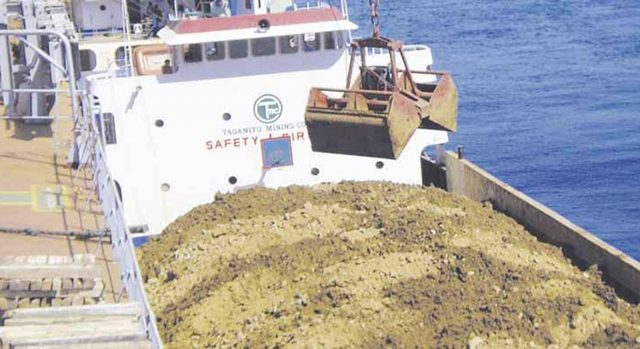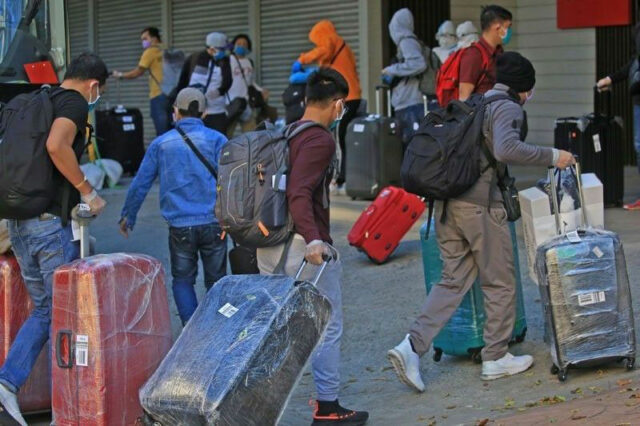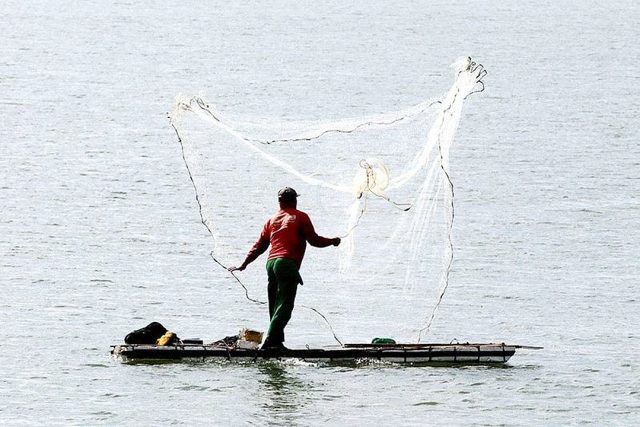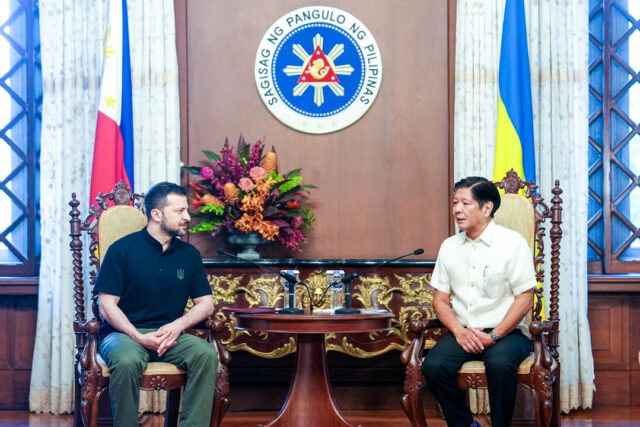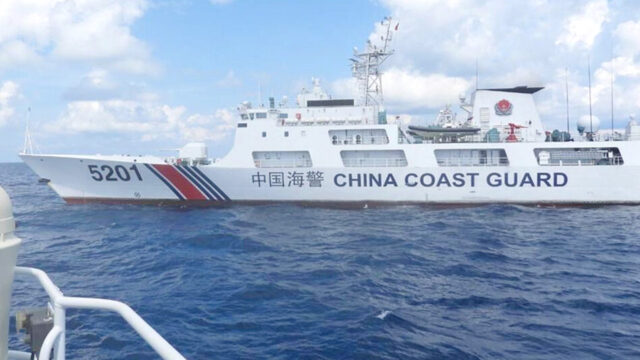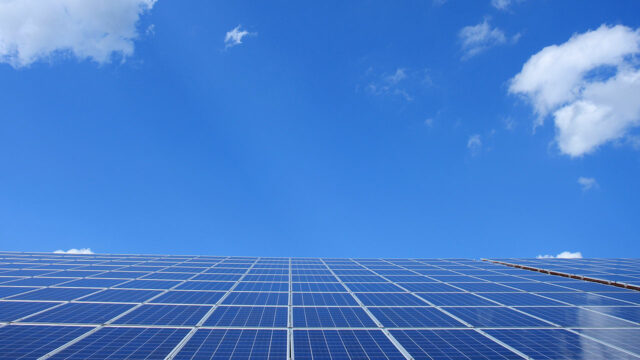By Kyle Aristophere T. Atienza, Reporter
THE PHILIPPINES and Ukraine are boosting their ties as the two US allies deal with threats from Russia’s war machine and China’s growing assertiveness in the South China Sea.
Ukraine will set up an embassy in Manila, President Volodymyr Zelensky said at a meeting with Philippine President Ferdinand R. Marcos, Jr. at the presidential palace in Manila on Monday.
Mr. Zelensky thanked Mr. Marcos for Manila’s participation in a high-level peace summit later this month, describing it as a “very strong signal” toward achieving peace in the war-torn nation.
“I’m happy to hear from you that you participate in our basic steps to peace,” Mr. Zelensky, who was wearing a black shirt and olive fatigues, told Mr. Marcos, speaking in English.
“What [we] really want is for our people to bring peace to our homes,” the Ukrainian leader said.
He asked Mr. Marcos to send Filipino health workers to Ukraine to help boost the mental health of their soldiers.
Mr. Zelensky told reporters later countries including the Philippines should stand in solidarity with Ukraine to prevent invasion in other parts of the world.
“If Ukraine falls down, if Russia occupies us totally, we will see this war in other continents, and it can be in your region,” he said. “If Ukraine stays strong, it will give a warning signal to Putin and other countries not to try, even to think, how to occupy other independent countries.”
In their first face-to-face meeting in Manila, Mr. Zelensky also thanked the Philippine leader for his country’s “clear position” on Russia’s “occupation of our territories.” Mr. Marcos assured him of his continued support.
It was not immediately clear if Mr. Marcos would attend the summit or if he would send an envoy.
“Thank you so much (for) your big word, and clear position… about this Russian occupation of our territories,” he said, adding that Ukraine would open an embassy in Manila this year.
Mr. Marcos said the two nations face issues “common to our two countries.”
Mr. Zelensky arrived at the presidential palace on Monday after an unscheduled appearance at Asia’s biggest security conference in Singapore at the weekend to drum up support for the two-day peace summit in Switzerland.
The two leaders were present the at the Shangri-la security dialogue in Singapore, where Mr. Marcos called for respect for international law.
Mr. Marcos delivered the keynote address at the security forum, criticizing what he described as illegal, coercive and aggressive actions by “other actors” in the South China Sea — a censure of China, although he didn’t name the country.
He told Mr. Zelensky he was “honored” the Ukrainian leader was visiting Manila.
“It’s a great pleasure to meet, to discuss issues that are common for both countries and hopefully, we find ways for both of us together,” Mr. Marcos said.
Russia, which calls its actions in Ukraine a “special operation,” has not been invited to the June 15-16 summit that will be hosted by the Swiss government. Russia has dismissed the talks as meaningless without its participation.
While in Singapore, Mr. Zelensky told a news briefing that he was not able to meet the Chinese delegation at the conference and was disappointed that Beijing, a Moscow ally, would not attend the summit.
He has urged US President Joseph R. Biden to attend, although Washington has yet to confirm whom it will send.
The Philippines and Ukraine have been on the receiving end of threats to the rules-based international order, said Joshua Bernard B. Espeña, vice president at the International Development and Security Cooperation in Manila.
‘ZELENSKY OF ASIA’
“At this time of readjustment, the Philippines must look at the possible lessons from the war in Ukraine, while exploring tangible support to Kyiv amid the Russo-Sino challenge to the US-led rules-based order,” he said in a Facebook Messenger chat.
Russia invaded Ukraine in February 2022 in an escalation of their war that started in 2014. At least 10,582 civilians have died as of Feb. 22, based on a report from Oxfam.
The US, the Philippines’ oldest treaty ally, has been Ukraine’s most important bulwark against Russian attacks. It has set aside more than $60 billion for Kyiv under an emergency package that Mr. Biden approved in April.
“While Ukraine has the disadvantage that it is not a treaty ally, the Philippines must nevertheless intensify its alliance coordination with the US to ensure collective deterrence under Washington’s security umbrella,” Mr. Espeña said.
“This will ensure the regional power balance to deter war and if needed, to win it.”
“The Philippines is a long-time ally of the US and Ukraine is operating on a similar relationship,” said Hansley A. Juliano, who teaches politics at the Ateneo de Manila University. “Ukrainian support is a bit easier to sell to US interests if only because of Atlantic security issues.”
Bagong Alyansang Makabayan in a statement accused the Marcos government of making the Philippines the “Zelensky of Asia” — a “mere pawn” in what it said is an “inter-imperialist conflict” between the US and China.
“We should by now learn from the experience of Ukraine. We should be wary of being a US pawn and reject all attempts at making the Philippines a US military outpost,” it said.
Former senator and Liberal Party spokesperson Leila M. de Lima described Mr. Zelensky as the “leader of the most courageous and heroic freedom fighters in the world today.”
“The parallelisms between the situation of Ukraine and the Philippines cannot be denied,” she said in a statement.
“Ukraine is actively at the forefront fighting Russian expansionist policies in Europe after its invasion and partial occupation by Russia. The Philippines is also at the forefront of countering Chinese expansionist policies in the Southeast Asian region,” she added.
Ms. De Lima cited Chinese occupation of maritime features within the Philippines’ exclusive economic zone in the South China Sea, namely Mischief Reef and Scarborough Shoal. — with Reuters

